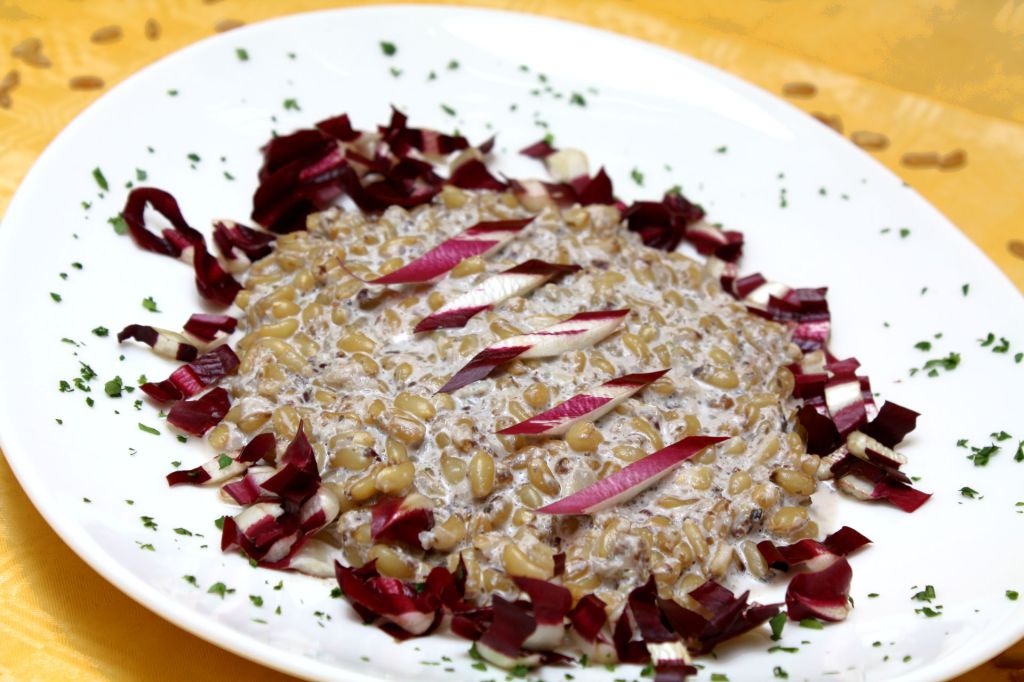In Italy, the approach to the organic production has always induced the revaluation of a number of products which had been forgotten or abandoned for various reasons. The spelt has been the precursor of this rediscovery. This wheat is by now famous and well known all over the world thanks to its excellent qualities.
But there is a long list of varieties of ancient grains with organoleptic characteristics or natural resistance to atmospheric agents as well as animal pests. One of the most recent rediscovery concerns the so called ‘Turanicum’ grain, whose name has been deliberately left in Latin in order to emphasize the ancient and prestigious history of this grain coming from the ancient Mesopotamia, where it grew spontaneously, without man’s intervention. So, it is considered as the probable ancestor of durum wheat, which shares with it the same genome.
Its ear is characterized by very large and well defined grains, with such excellent organoleptic characteristics as a pleasant background sweetness, a unique fleshiness, a content in protein of more than 15%, a high percentage of selenium and several other substances which are valuable for both health and prevention.
Taste it in different ways
The similarity with the more classic durum wheat makes the flour produced from this plant more than suitable for preparing the renowned Italian semolina pasta, produced with flour and water only.
And the union of a highly valuable organic flour and quality water, as it happens in many geographical areas of Italy, certainly allows obtaining an excellent pasta.
The particular flour obtained from this wheat allows creating breads, cakes, and pies with a unique and peculiar sweetness. But, as it happens for spelt, the ‘Turanicum’ is very interesting in cooking just in its original form of intact grain, or only slightly cleaned up from its outer and most tenacious part.
Once the Turanicum has been soaked for about 24 hours, it is possible to simply boil it with new cold water, gradually bringing it to the boil and letting it cook slowly for about 60 minutes, adding only in the last 5 minutes a little salt. Thus prepared and cooled, it becomes an excellent base for preparing many courses and recipes. In addition, it can be kept well covered in the refrigerator for 3-4 days.
It can be used as the base of rich lukewarm or cold salads, too, excellent in the warm season, along with such legumes as chickpeas, peas, or beans, in order to complete the nutritional profile as for protein, vegetables, and such seasonal vegetables as tomatoes and marrows, and maybe as a classic Italian sauce characterized by an extraordinary versatility: the ‘Pesto alla Genovese’.
As the Turanicum has very resistant grains, which hardly open during their cooking, another interesting use consists in leaving it as a base, instead of rice, for some recipes similar to ‘risotto’, alternatively for enriching some creams or soups, so accentuating the overall texture of the course.
